H. Vincent Poor, Gregory W. Wornell9780136203452, 0136203450
Table of contents :
Chapter2.pdf……Page 0
1 Linerar Diversity Techniques for Fading Channels……Page 18
1.1. System and Fading Channel Models……Page 21
1.2. Transmision without diversity……Page 25
1.3. Spectral Diversity……Page 27
1.4. Temporal Diversity……Page 33
1.4.1. Spread-Response Precoding……Page 34
1.4.2. Incorporating Bandwidth Expansion……Page 40
1.5. Diversity Methods for Multiuser Systems……Page 42
1.5.1. Multiuser Fading Channels……Page 43
1.5.2. Multiple Access and Multiplexing formats……Page 44
1.5.3. Orthogonal Multiuser Modulation……Page 46
1.5.4. Spread-Signature CDMA Systems……Page 48
1.5.5. CDMA Performance Characteristics……Page 52
1.5.7. Efficient Implementations of Spread-Response Precoding……Page 57
1.6. Spatial Diversity……Page 59
1.6.1. Receiver Antenna Diversity……Page 60
1.6.2. Transmitter Antenna Diversity……Page 63
1.6.2.1. Beamforming Diversity with Feedback……Page 64
1.6.2.2. Linear Antenna Precoding……Page 65
1.6.2.3. Dual-form Linear Antenna Precoding……Page 71
1.6.2.4. Incorporating Bandwidth Expansion……Page 76
1.7. Concluding Remarks……Page 77
2 Adaptative Interference Suppresion……Page 81
2.1. Multiple-Access Signel Model……Page 82
2.2. Elements of Multiuser Detection……Page 84
2.3. Linear Interference Suppression……Page 87
2.3.1. Multiple-Input/Multiple-output (MIMO) Minumum Mean-Squared Error (MMSE) Linear Detector……Page 88
2.3.2. Zero-Forcing (Decorrelating) Detector……Page 91
2.3.3. Inplementation as a Tapped-Delay Line (TDL)……Page 93
2.4. Application to DS-CDMA……Page 95
2.4.1. Discrete-Time Representation……Page 96
2.4.2. Complutation of MMSE Coefficients……Page 98
2.4.3. Geometric Interpretation……Page 100
2.4.4. Zero-Forcing (Decorrelating) Solution……Page 102
2.4.6. Preformance Measures……Page 103
2.4.7. Space-Time Filtering……Page 105
2.4.8. Effect of Multipath……Page 106
2.5. Adaptative Algoritms……Page 107
2.5.1. Stochastic Gradient Algorithm……Page 108
2.5.2. Least Squares (LS) Algorithm……Page 110
2.5.3. Orthogonally Anchored (Blind) Algoritms……Page 112
2.5.4. Projection-Based Approached……Page 118
2.5.5. Numerical Examples……Page 119
2.6.1. The Mobile Wireless Environment……Page 123
2.6.1.1. Distance-Related Attenuation and Shadowing……Page 124
2.6.1.2. Multipath……Page 125
2.6.1.3. Delay……Page 128
2.6.1.4. Power Control……Page 129
2.6.1.5. Time-Varying User Population……Page 130
2.6.1.7. Non-Gaussian Ambient Noise……Page 131
2.6.2. System Issues……Page 132
2.6.2.2. Power Control……Page 133
2.6.2.4. Nonuniform Quality of Service……Page 134
2.6.2.6. Power Consumption……Page 136
References……Page 137
Acknowlegments……Page 145
3 Equalization of Multiuser channels……Page 146
3.1 Characterization of Wireless Channels……Page 148
3.2 Equalization of Known Multipath Fading Channels……Page 150
3.2.1 System Model……Page 152
3.2.2 Limits on Equalizer Performance over Fading Channels-Maximum Ukelihood Sequence Detection……Page 155
3.2.2.1 Sufficient Statistics for LTI Channels……Page 157
3.2.2.2 Sufficient Statistics for Additive White Gaussian Noise Channels……Page 158
3.2.3 The Matched-Filter Receiver for Time-Varying Channels……Page 160
3.2.4.1 AWGN Channel The Descorrelating Receiver……Page 161
3.2.5 Linear MMSE Equalization……Page 163
3.2.5.1 Linear Equalization for LTI Channels……Page 165
3.2.6 Successive Correlation and Detection-Feedback Equalizers for Multiple-Access Channels……Page 167
3.2.6.1 Decision-Feedback Equalization……Page 168
3.2.6.3 Decision-Feedback Equalizers for LTI Channels……Page 172
3.2.7 Chip-Rate, State-Space Approaches for Time-Varying Channels……Page 174
3.3 Blind Equalization in Multipath, slowly Time-Varying Channels……Page 176
3.3.1 The Fordward Link: Blind Equalization of Single-Input Multiple-Output FIR Channels……Page 177
3.3.1.1 The Cross-Relation Method……Page 179
3.3.1.2 Subspace-Based Methods……Page 183
3.3.1.3 Direct Symbol Estimation……Page 186
3.3.1.4 Issues in the Multiple FIR Channel Deconvolution Problem……Page 187
3.3.2 Blind Equalization in the Reverse Link via Multiple Observations……Page 189
3.3.2.1 Blind Equalization Using Multiple Antennas in CDMA Systems……Page 190
3.4 Concluding Remarks……Page 192
References……Page 193
Acknowledgements……Page 195
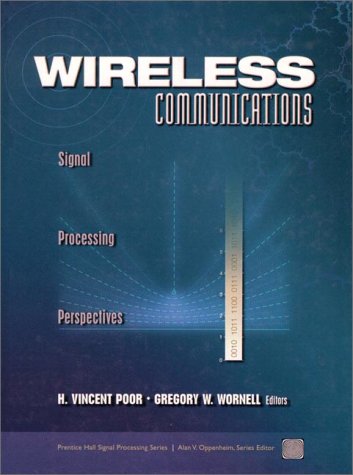
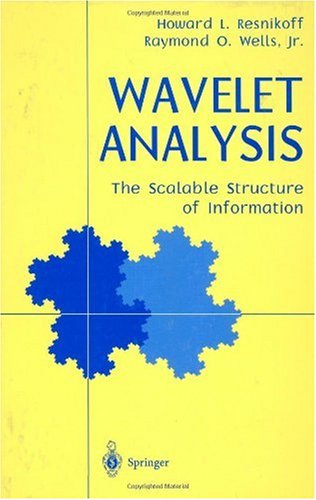
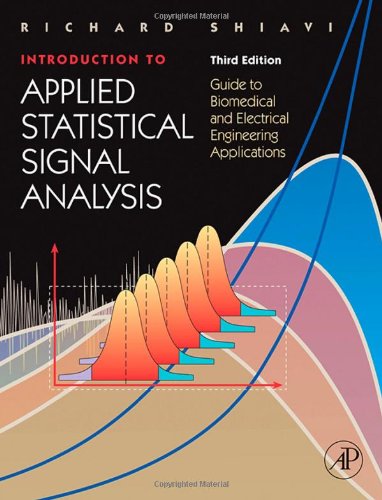

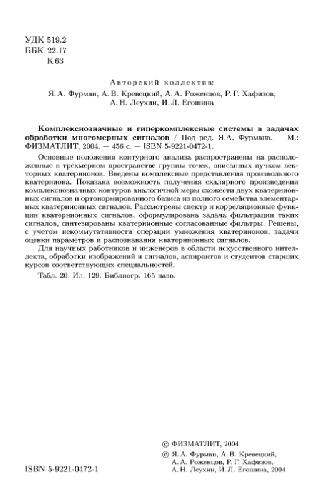
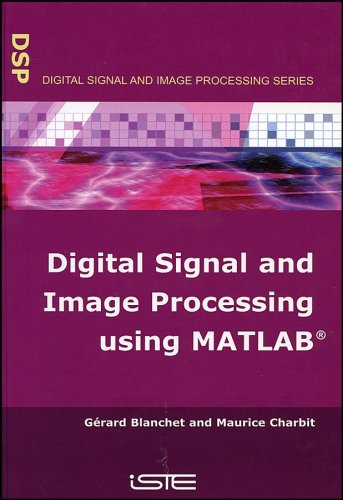

Reviews
There are no reviews yet.